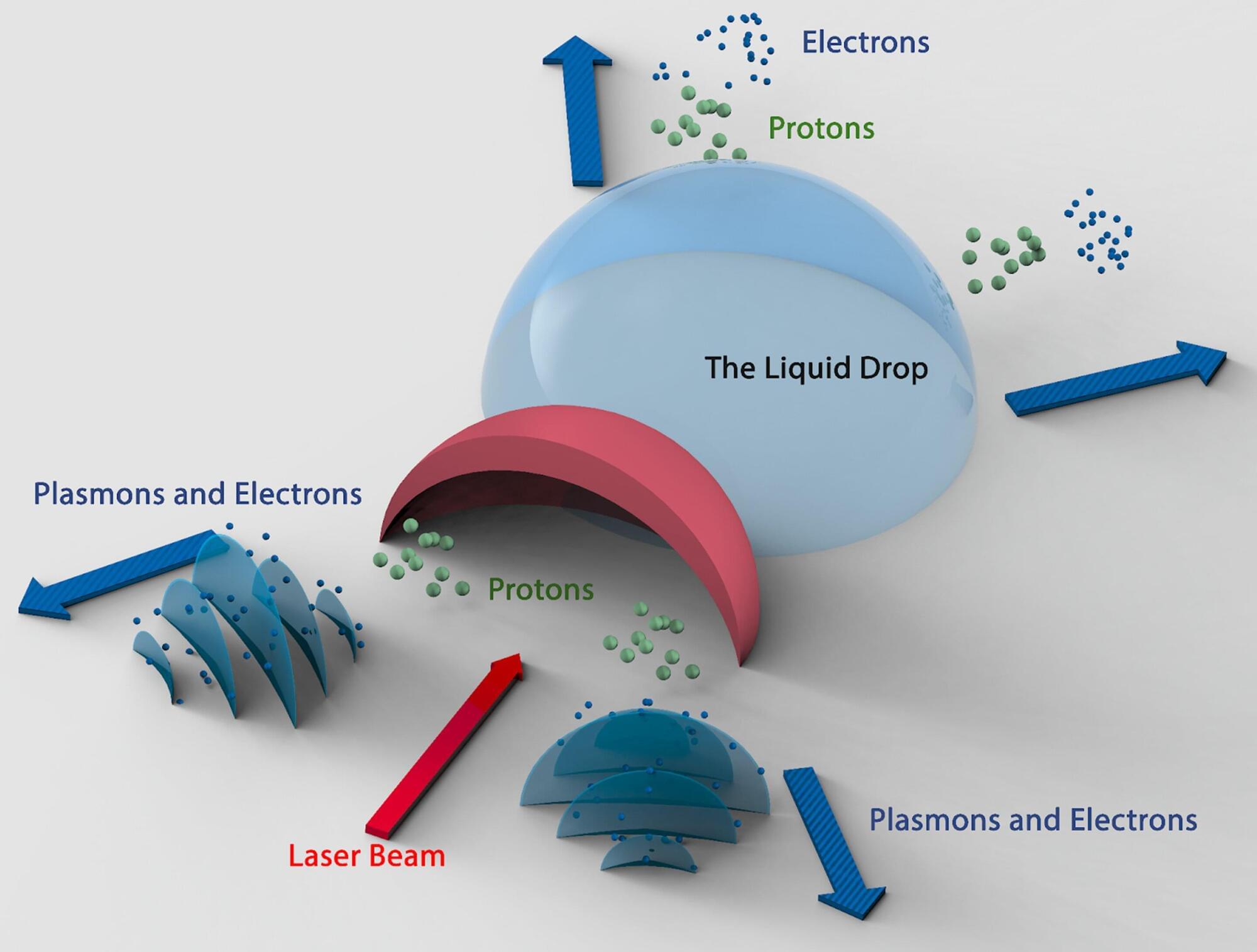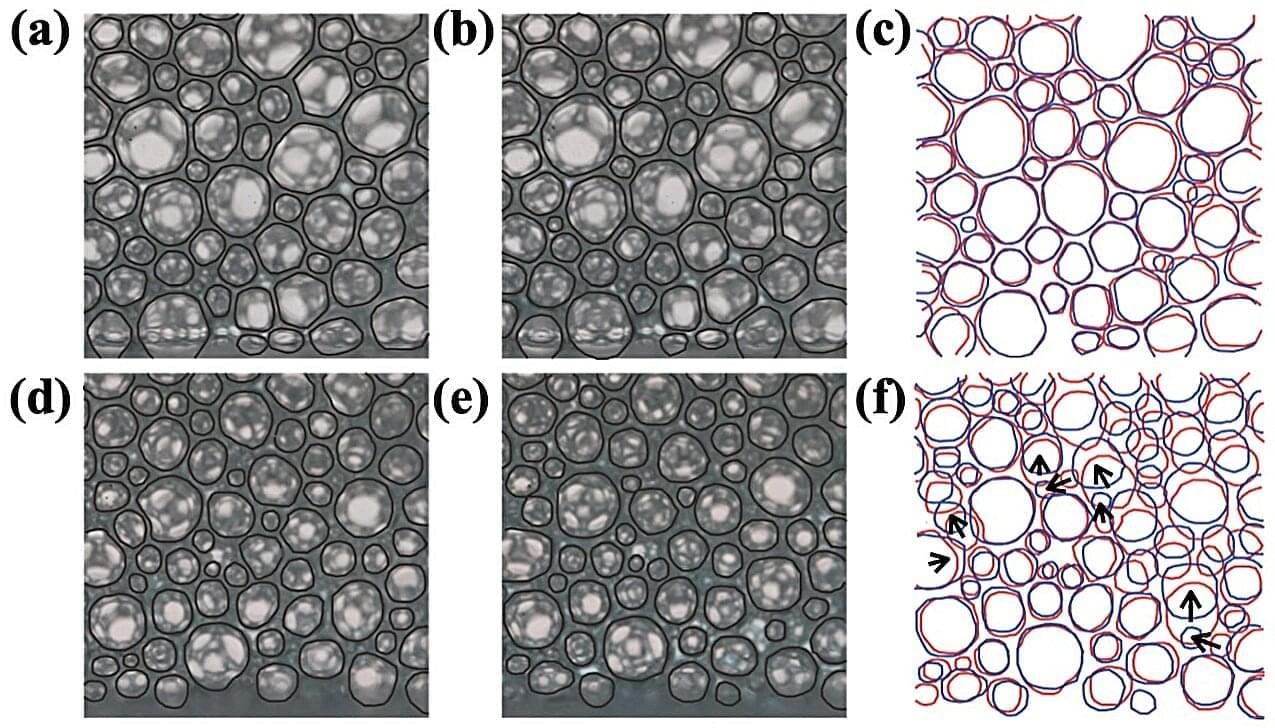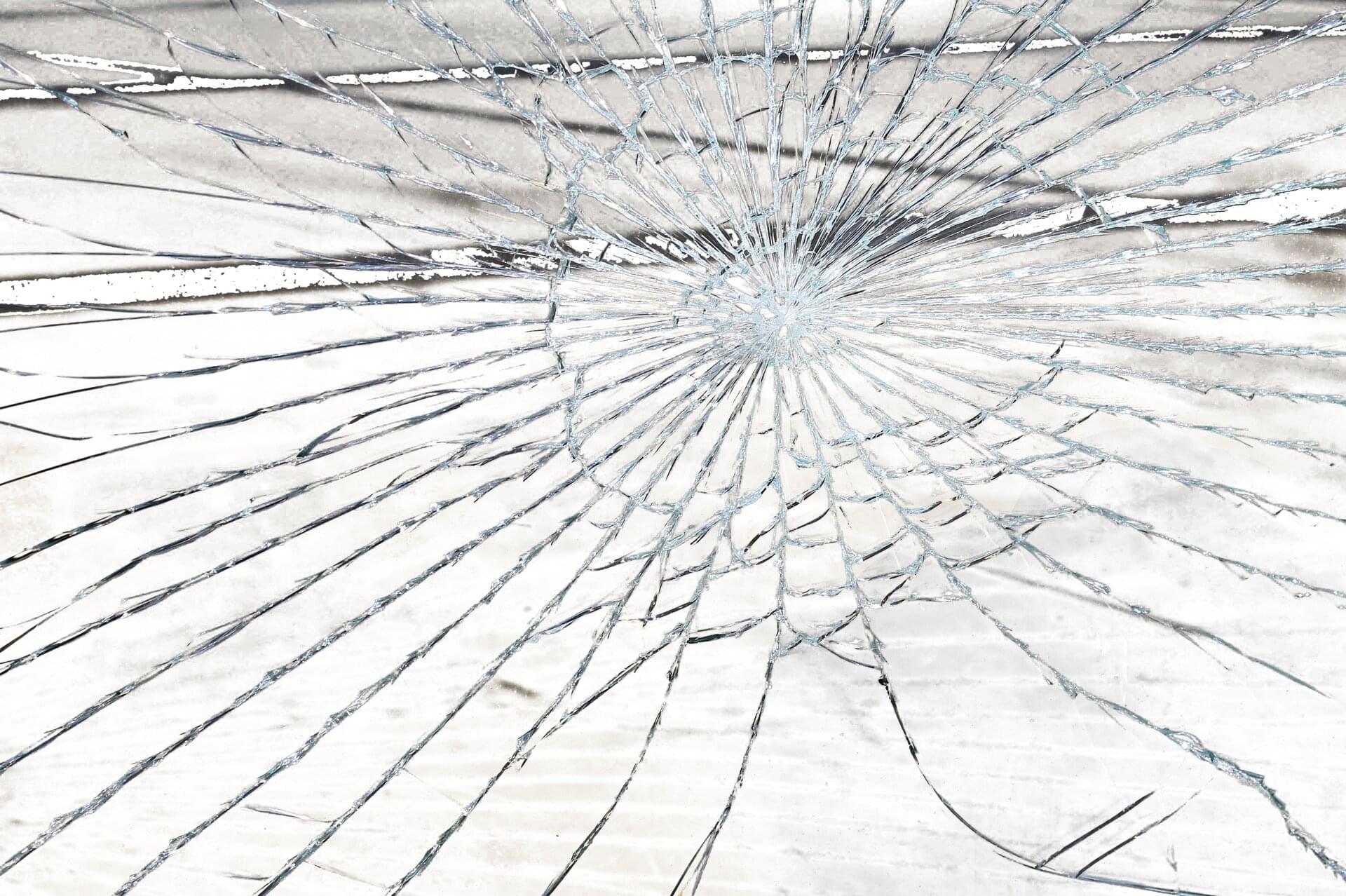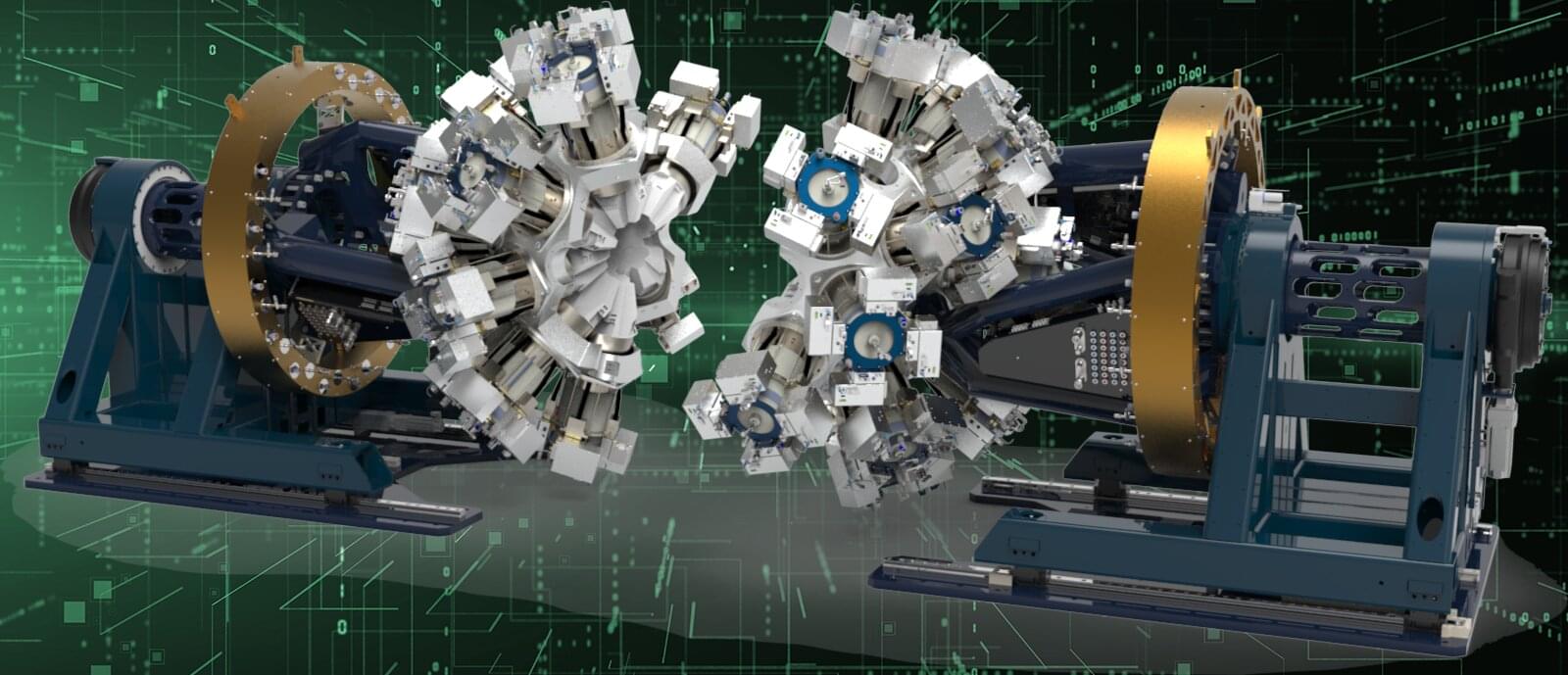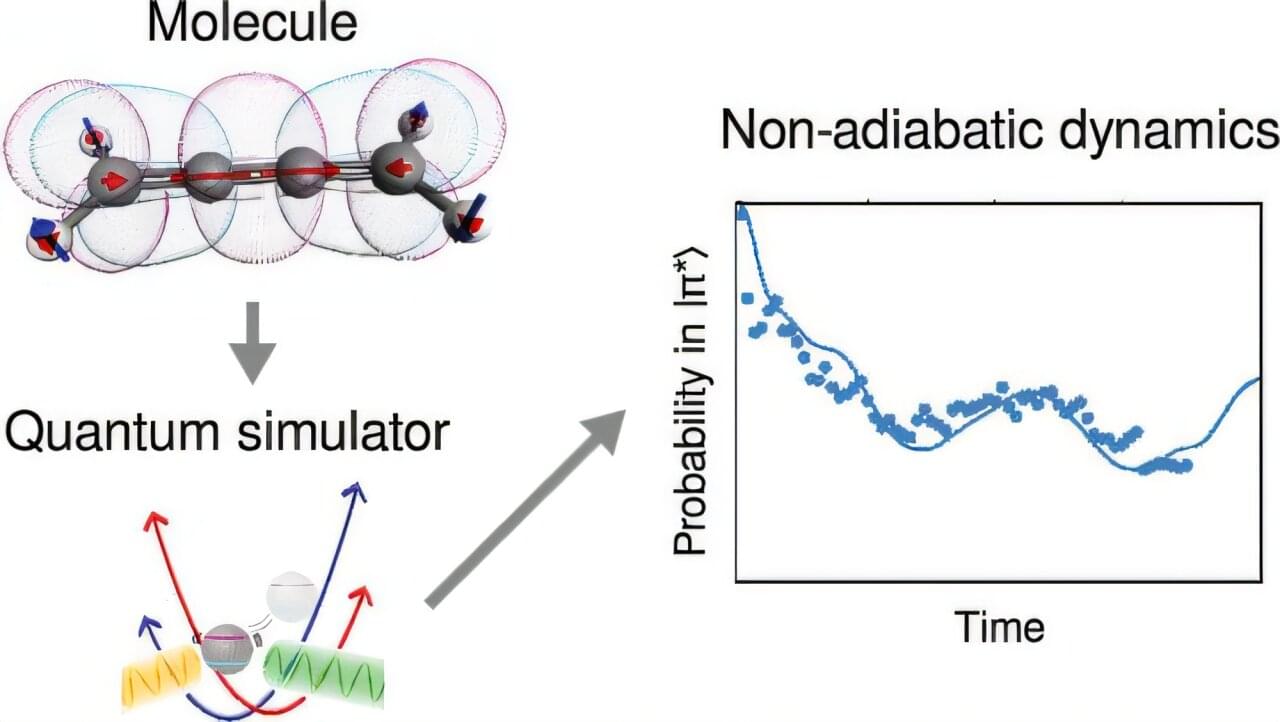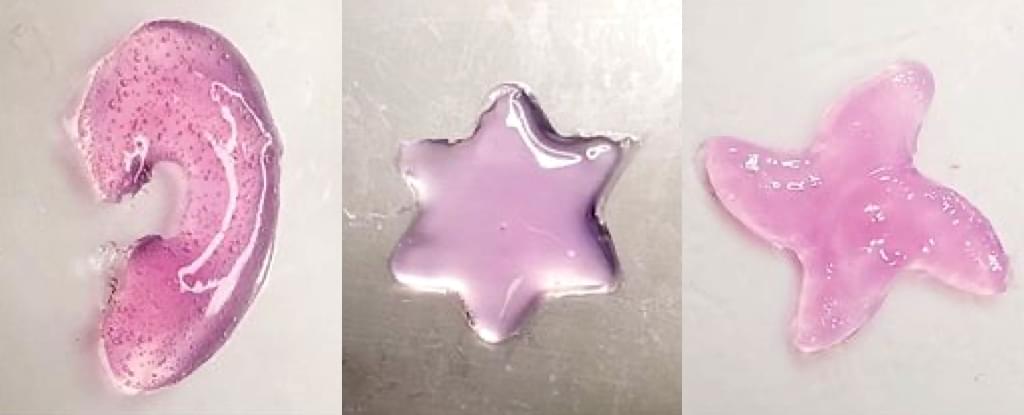Laser ion acceleration uses intense laser flashes to heat electrons of a solid to enormous temperatures and propel these charged particles to extreme speeds. These have recently gained traction for applications in selectively destroying cancerous tumor cells, in processing semiconductor materials, and due to their excellent properties for imaging and fusion-relevant conditions.
Massive laser systems with several joules of light energy are needed to irradiate solids for the purpose. This produces a flash of ions which are accelerated to extreme speeds. Thus, emulating large million-volt accelerators is possible within the thickness of a hair strand.
Such lasers are typically limited to a few flashes per second to prevent overheating and damage to laser components. Thus, laser-driven ion accelerators are limited to demonstrative applications in large experimental facilities. This is far from real-world applications, where the flashes of high-velocity ions are ideally available much more frequently.
